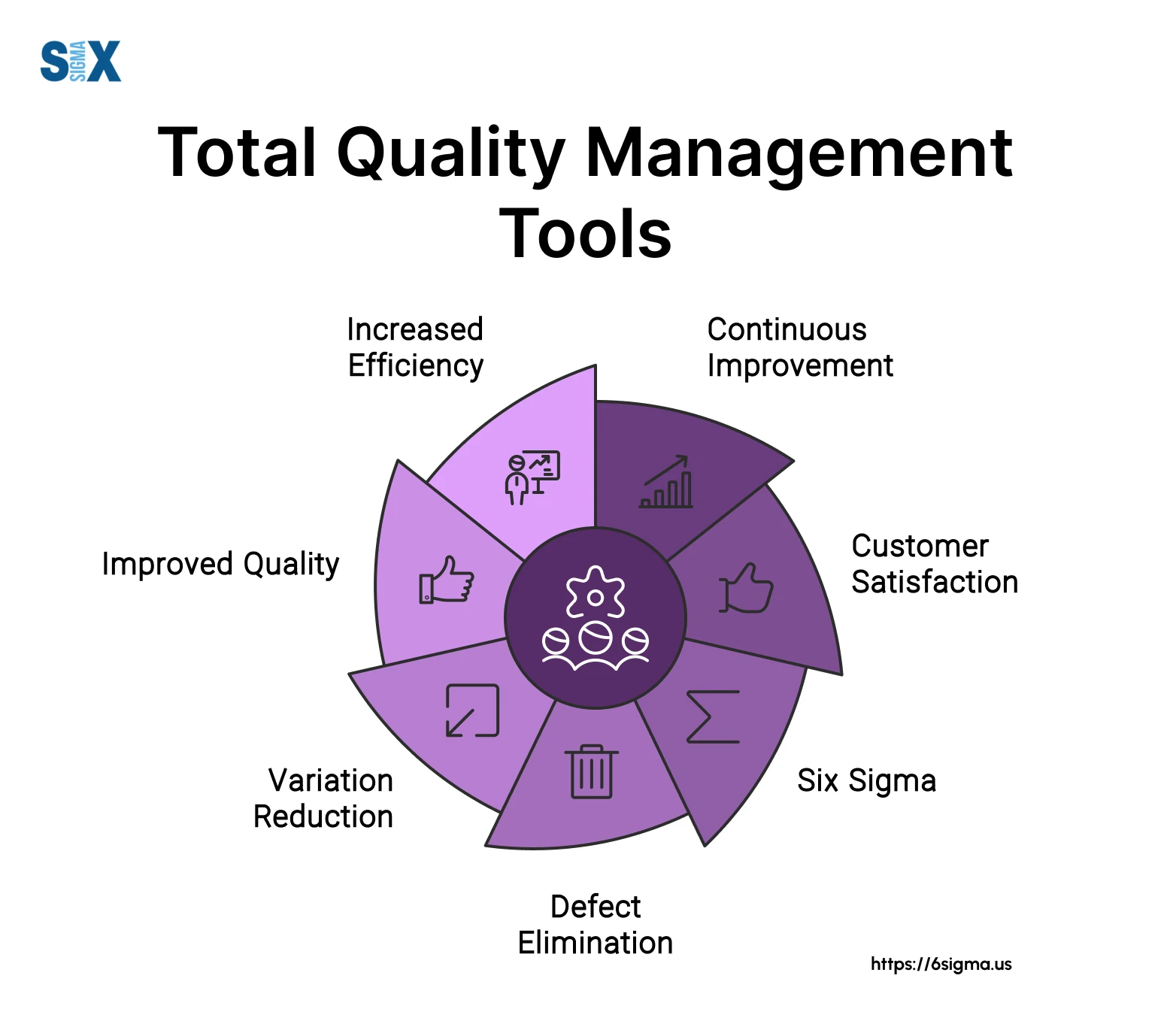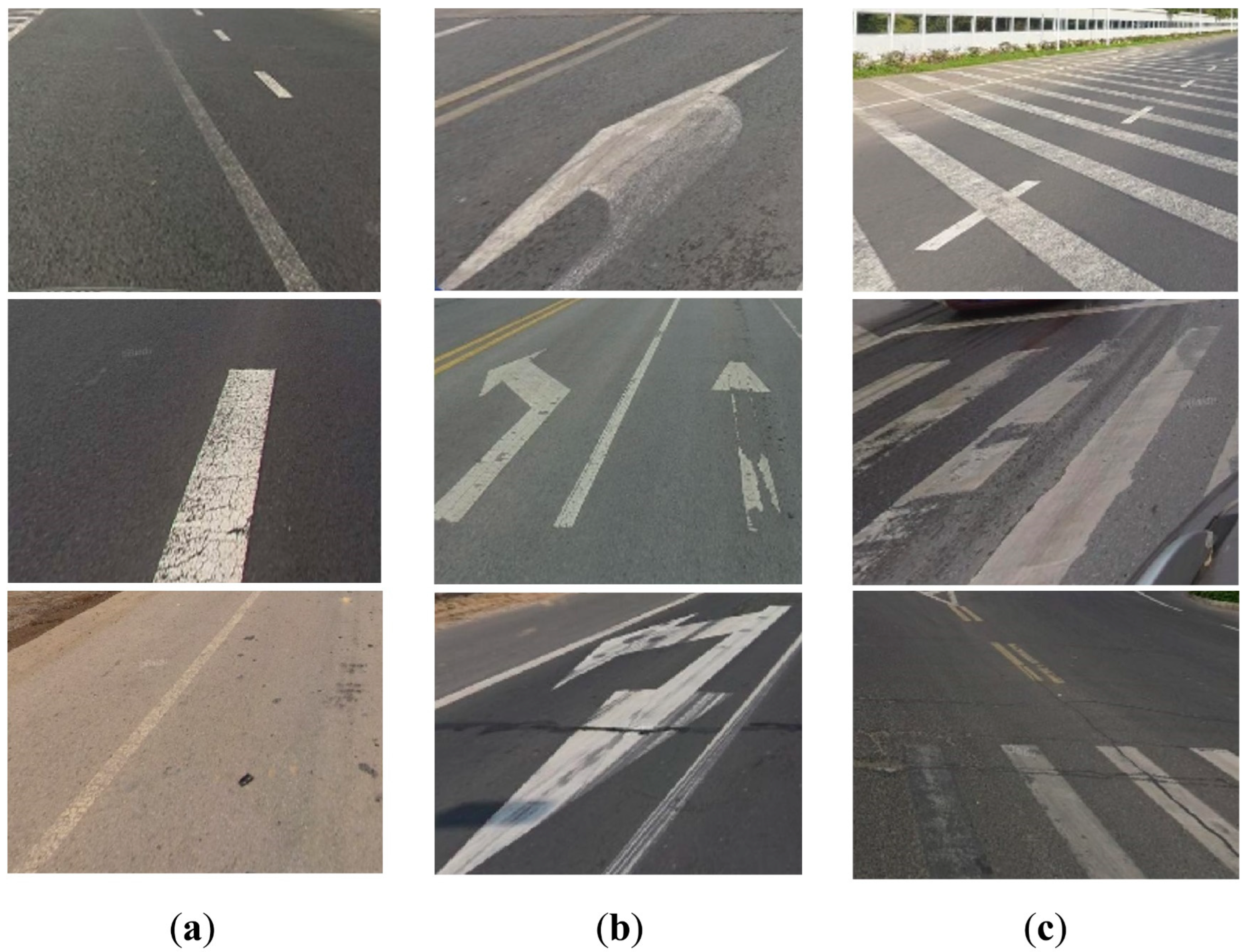Getting Started with Our Own Quality Checkpoint
Okay, let me tell you how we ended up building what some folks might call a ‘quality lane’. It wasn’t some grand plan from a textbook, more like something born out of sheer necessity, you know? We were pushing out updates, features, whatever you want to call them, pretty fast. Which sounds good, right? But honestly, the amount of stuff coming back with problems was starting to wear us down. Little things mostly, but they added up. It felt like we were constantly fixing yesterday’s work instead of moving forward.

So, I remember thinking one afternoon, after another silly bug slipped through, “This is dumb. We gotta stop things before they go out the door.” It wasn’t rocket science, just needed a dedicated point where someone, or some process, put the brakes on and actually checked things properly. Not just a quick glance, but a real look-see.
Building the Damn Thing
First thing, we had to decide what this ‘lane’ even meant. We gathered up, virtually of course, and hashed it out. What needed this extra check? We decided pretty much anything customer-facing had to go through it. No exceptions. Small fix? Big feature? Didn’t matter. If a user was gonna see it or use it, it had to pass through this new step.
Then came the ‘who’. Initially, yeah, it landed on a couple of us, myself included. We basically became the gatekeepers. We drew up a checklist, nothing fancy, just the common sense stuff we kept missing:
- Does it actually do what it’s supposed to? (Sounds basic, I know!)
- Does it break anything else?
- Did we remember all the little edge cases we talked about?
- Is the text right? Any typos?
- Does it look okay on different screens?
We made this checklist part of the process. You couldn’t get past the ‘lane’ without ticking off those boxes. We literally set up a separate status in our tracking tool, called it something simple like ‘Ready for Quality Check’. Nothing moved to ‘Done’ or ‘Ready for Release’ without passing through there first.
Hitting Some Bumps
Was it smooth sailing? Hell no. First week, folks were trying to skip it. “Oh, it’s just a tiny change, doesn’t need the full check.” Had to have a few firm conversations there. Made it clear: everything goes through the lane. It definitely slowed things down at first. People complained it was a bottleneck. And yeah, sometimes it was, especially when a few things piled up waiting for review.

We had to adjust. We realised the initial gatekeepers couldn’t handle everything, so we started training others, spreading the load. We also got better at automating some of the simpler checks, freeing up human eyes for the trickier stuff. It wasn’t perfect, still isn’t, but it got better week by week.
So, Did it Work?
Yeah, actually, it did. The biggest change? Things got quieter. Fewer urgent “OMG IT’S BROKEN” messages. Fewer panicked rollbacks. The number of bugs reported by actual users dropped noticeably. Not to zero, obviously, we’re not magicians, but it was a big improvement.
The team started appreciating it too, eventually. Knowing that someone else was giving their work a dedicated second look before it went live took some pressure off. It wasn’t about catching people out; it was about catching mistakes before they caused real problems. It became less of a gate and more of a safety net.
Looking back, setting up that quality lane was one of the better practical things we did. It wasn’t fancy, just a focused effort to stop, check, and be sure. Sometimes the simple stuff works best, you know?